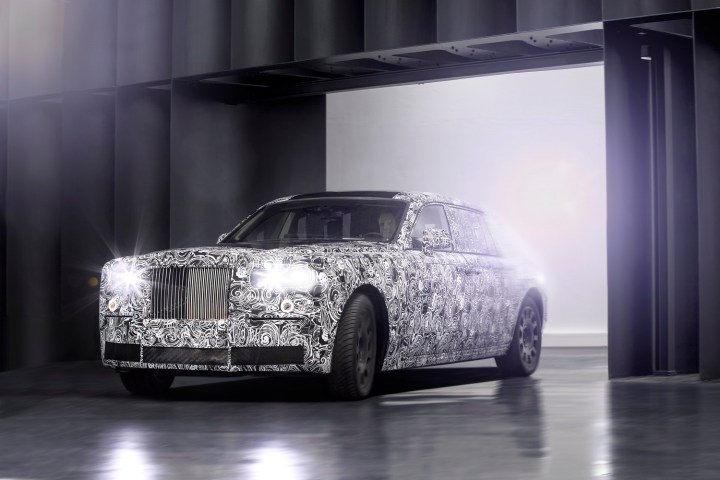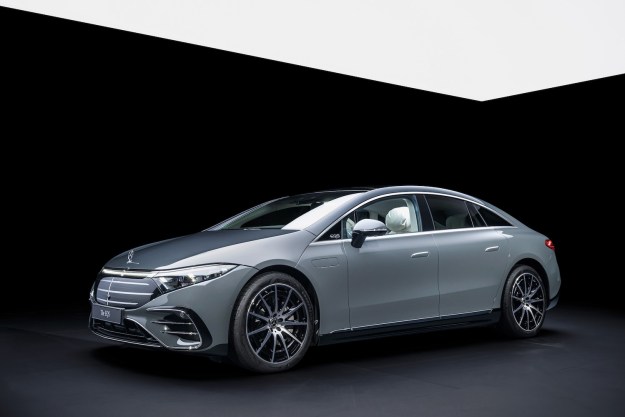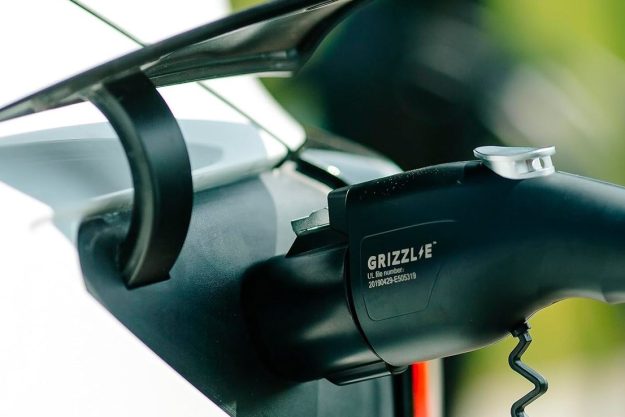
Building the Architecture of Pure Luxury out of aluminum will allow designers to greatly reduce the weight of Rolls’ luxurious behemoths, and the company could further cut weight by tapping into parent company BMW’s vast expertise in the field of carbon fiber. The British car maker isn’t one to make compromises, and it assures us that the vehicles built on its modular platform will retain the so-called “magic carpet ride” that its cars are famous for all around the world.
Notably, the aluminum platform will underpin Rolls-Royce’s first-ever SUV, which seemingly confirms earlier reports indicating that the high-riding Roller will not share its bones with BMW’s upcoming range-topping X7 crossover. Tentatively called Cullinan, the name of the largest gem-quality diamond ever found, the SUV isn’t scheduled to arrive until 2018 at the very earliest.
Insiders believe the Architecture of Pure Luxury is being developed with electrified powertrains in mind. An all-electric Rolls-Royce isn’t currently in the works, but the company has previously suggested it’s open to the idea of launching a plug-in hybrid drivetrain in a bid to reduce its fleet’s CO2 emissions and comply with the strict regulations that will come into effect in key markets such as the United States and China in the coming years. Rolls-Royce won’t dabble in downsizing, however, and using an engine with less than 12 cylinders has been categorically ruled out for the time being.
The first Rolls-Royce to ride on the Architecture of Luxury will be the next Phantom, which is tentatively scheduled to make its official debut in late 2017 and to go on sale globally in early 2018.
Editors' Recommendations
- Check out Spectre, Rolls-Royce’s first all-electric car
- How Johnny Cash’s Rolls Royce transformed into a Tesla-powered EV




